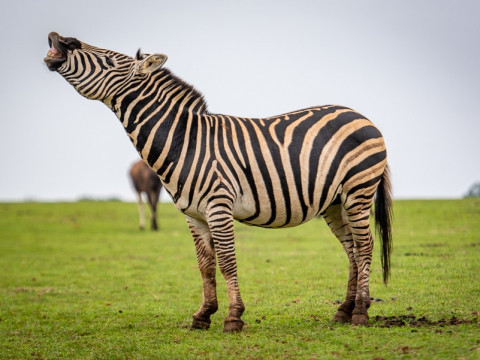WOOD DUCK
Aix sponsa
CLASS AVES
ORDER ANSERIFORMES
FAMILY ANATIDAE
DID YOU KNOW?
Carolina ducks are also called American mandarins or wood ducks.
In the 19th century, they got to the edge of extinction, but thanks to conservation efforts, today their numbers are increasing.
Females sometimes use the nest of another female of the same species to lay eggs, resulting in unsuccessful incubation; that is because too many eggs in one nest are almost impossible to incubate successfully.
DISTRIBUTION
HABITAT
Wood ducks have a variety of habitat choice, including various freshwater areas with rich vegetation which is mostly wooded. Because wood ducks are cavity nesters, the availability of nesting sites within 1.5 km of water is necessary. We find them exclusively in North America.
LIFE SPAN
They live an average of 3 to 5 years in the wild, and 15 to 20 years in the zoological gardens.
ACTIVITY
Adult ducks have 12 different calls, while ducklings have 5. They use the call mostly as a warning sign or to attract partners, although they also use it before taking off. It is interesting that they sleep on the water and that they can swim underwater for up to 1 minute. Although they are not territorial, some fights with minimal duration are seen, mostly during mating season.
REPRODUCTION
Males are serially monogamous, which means they stay with one female for one mating season. They are one of the few ducks that mate twice a year. Females lay 6-15 eggs in tree cavities, mostly above water, so that ducklings don’t get injured after leaving the nest. Incubation lasts about 30 days. They can also mate with mallards even though it is assumed that their ducklings are infertile.
DIET
In nature, they feed on seeds, acorns, invertebrates and occasionally forest fruits and leaves.
CONSERVATION STATUS
Text: Dorotea Ćosić
Contribution: Francisca Lopes
 Parks of Croatia
Parks of Croatia
 EU projects
EU projects English
English



































